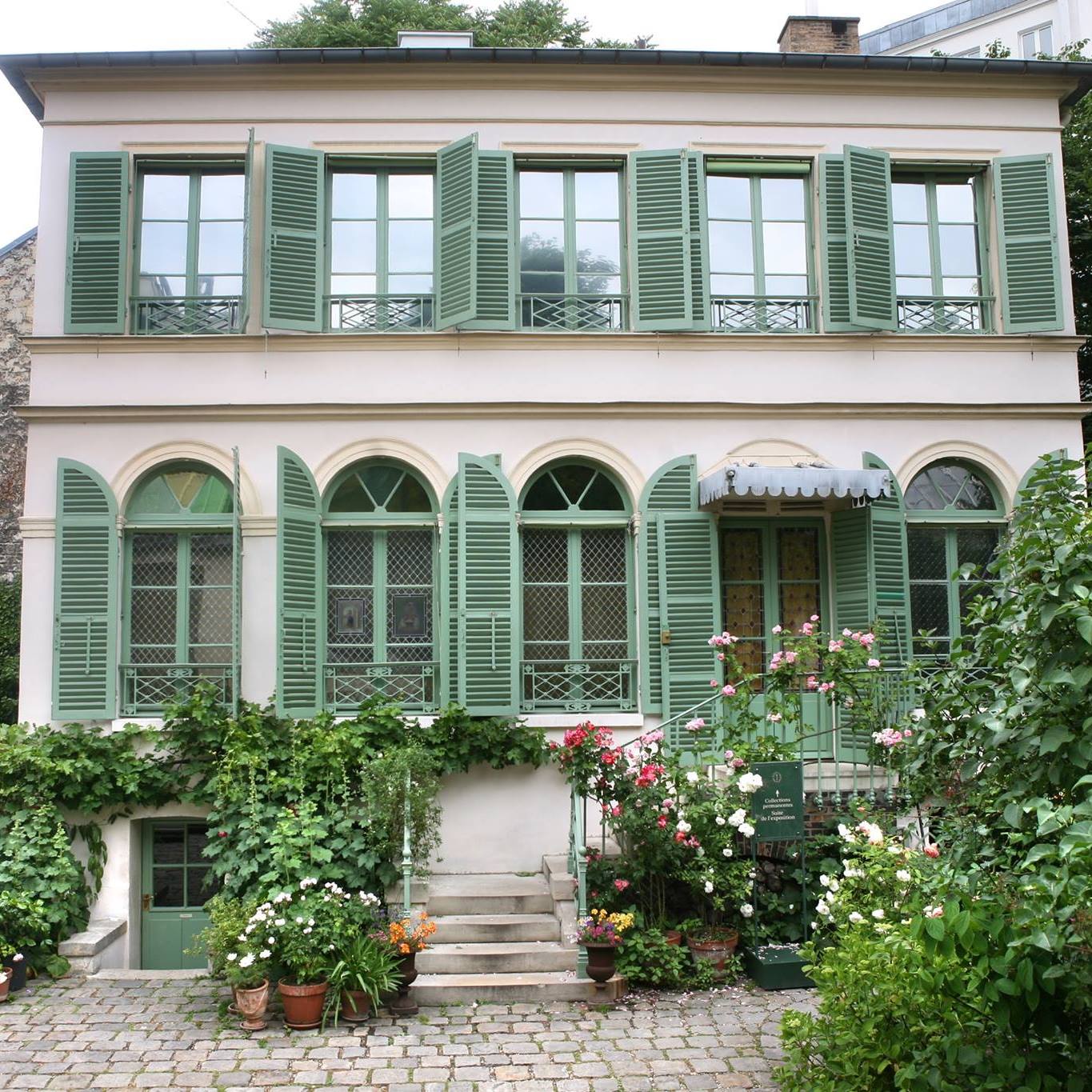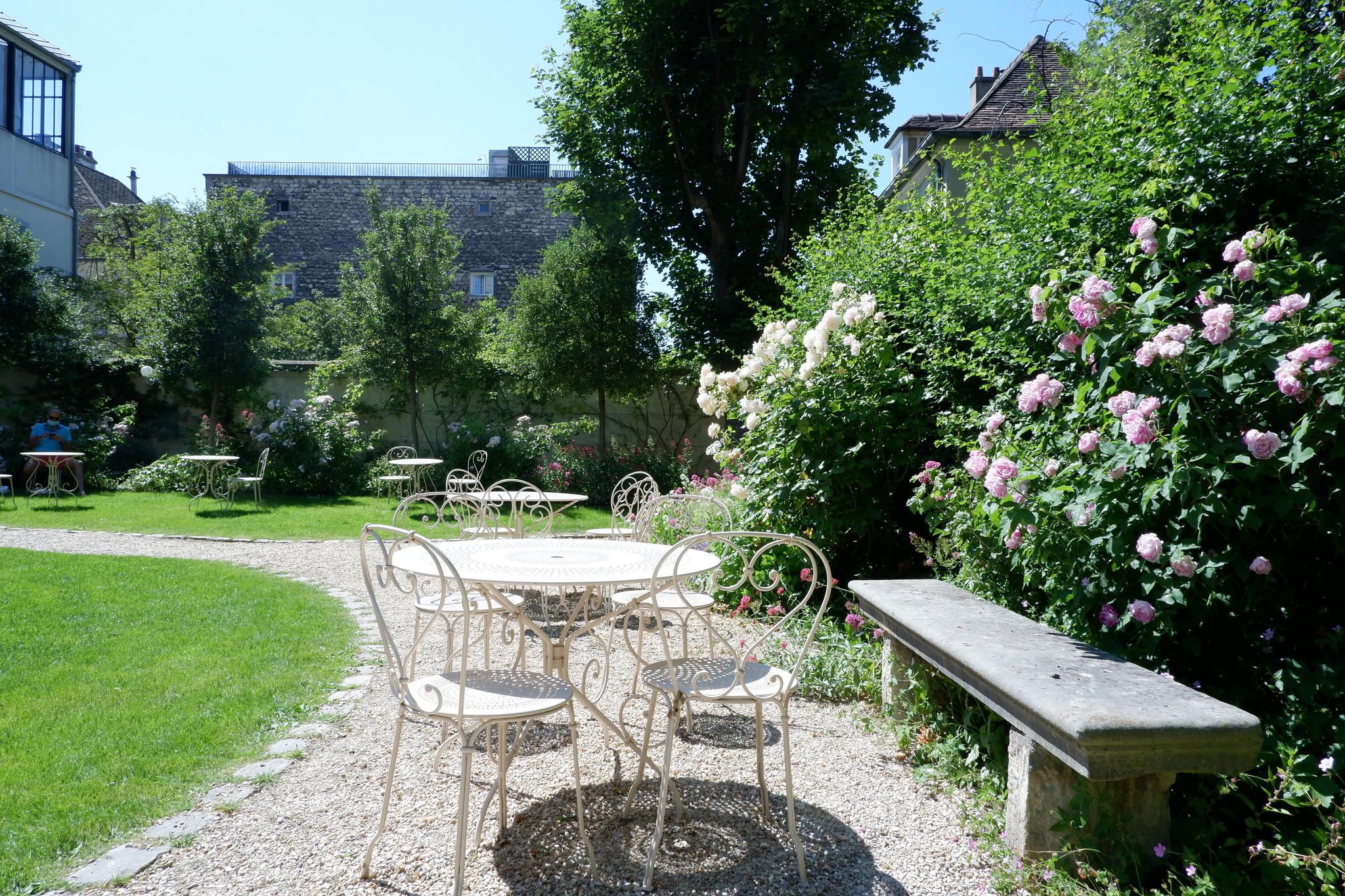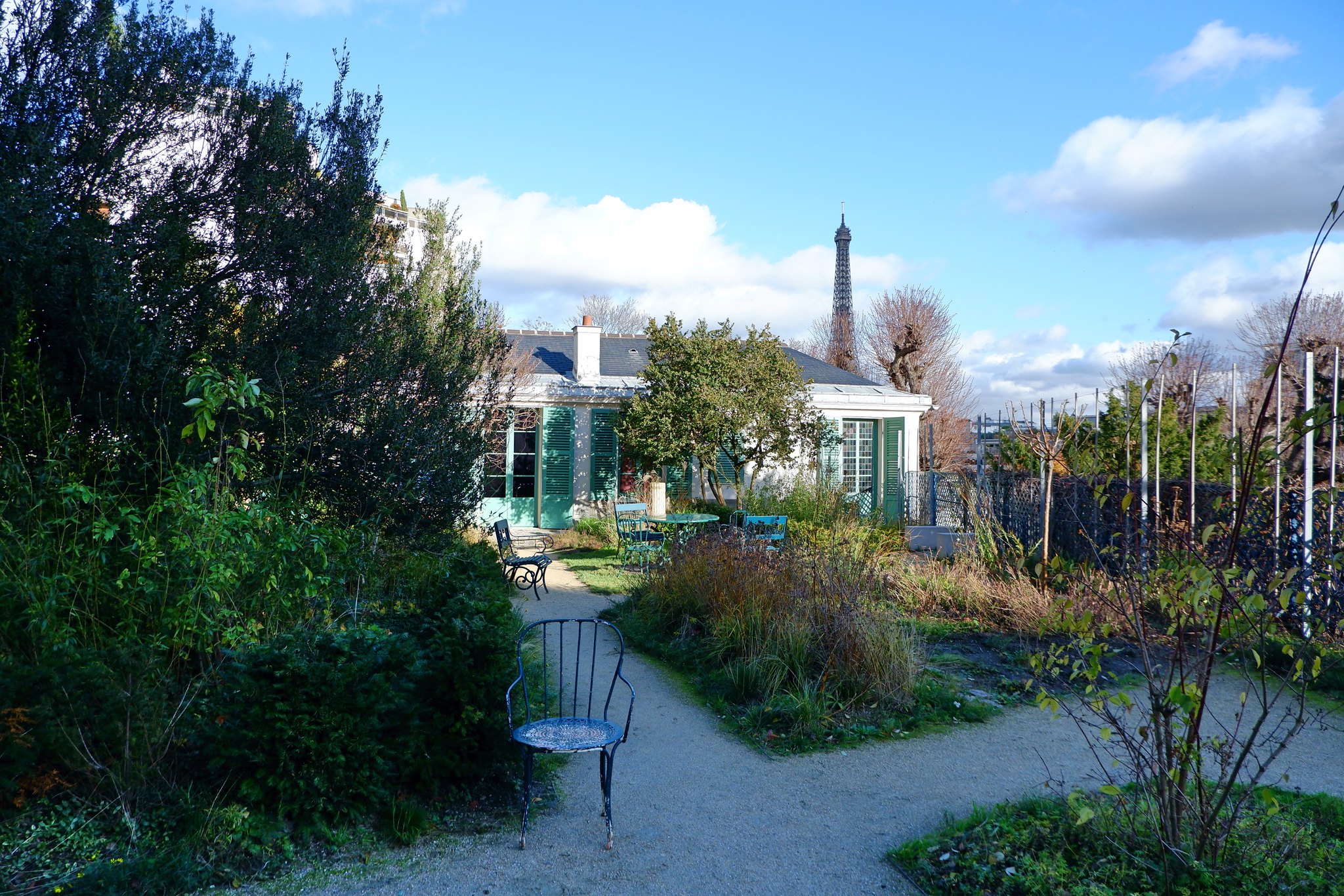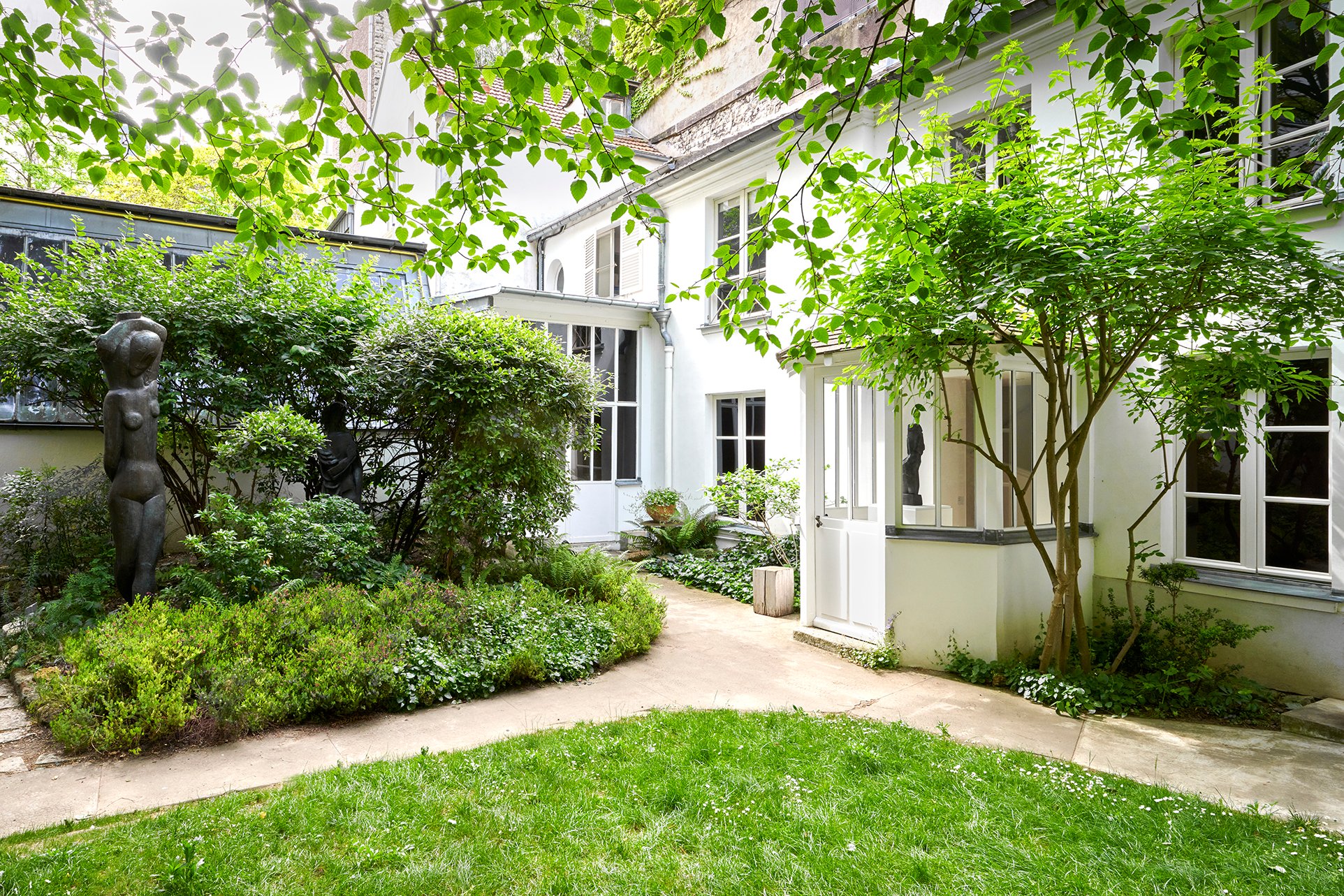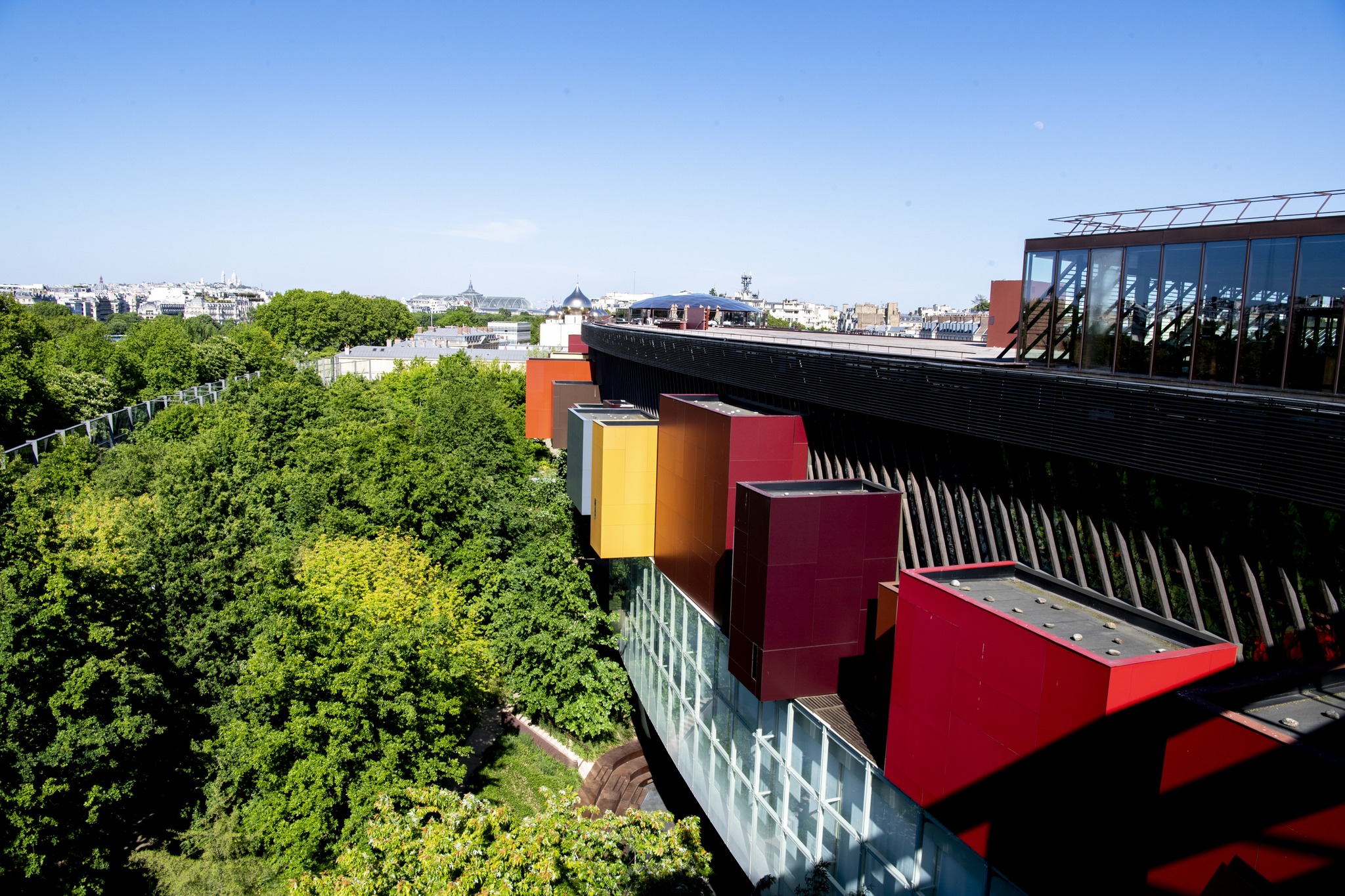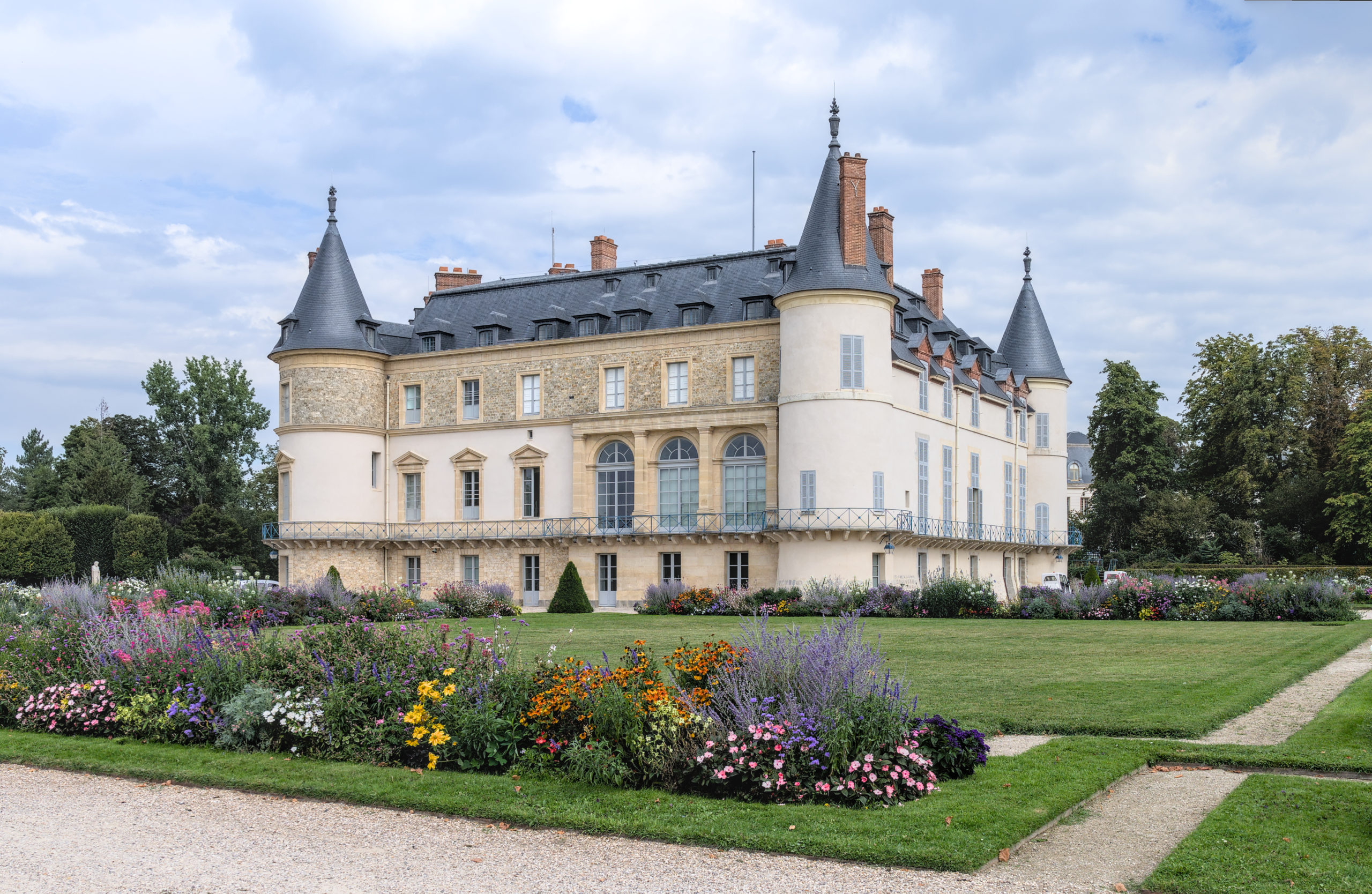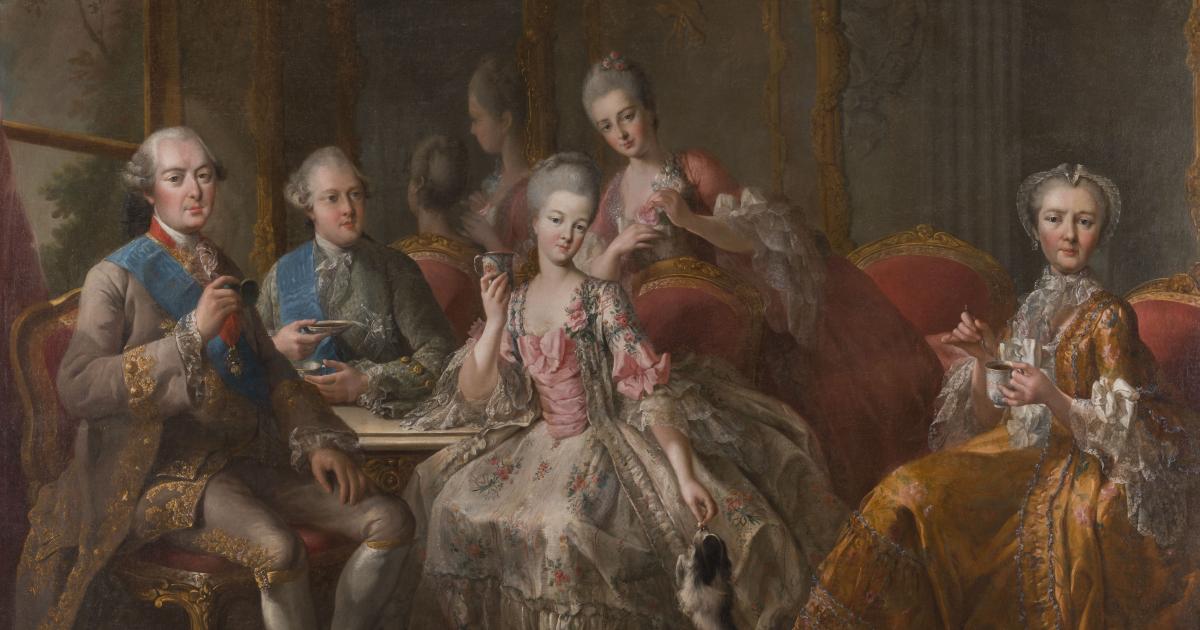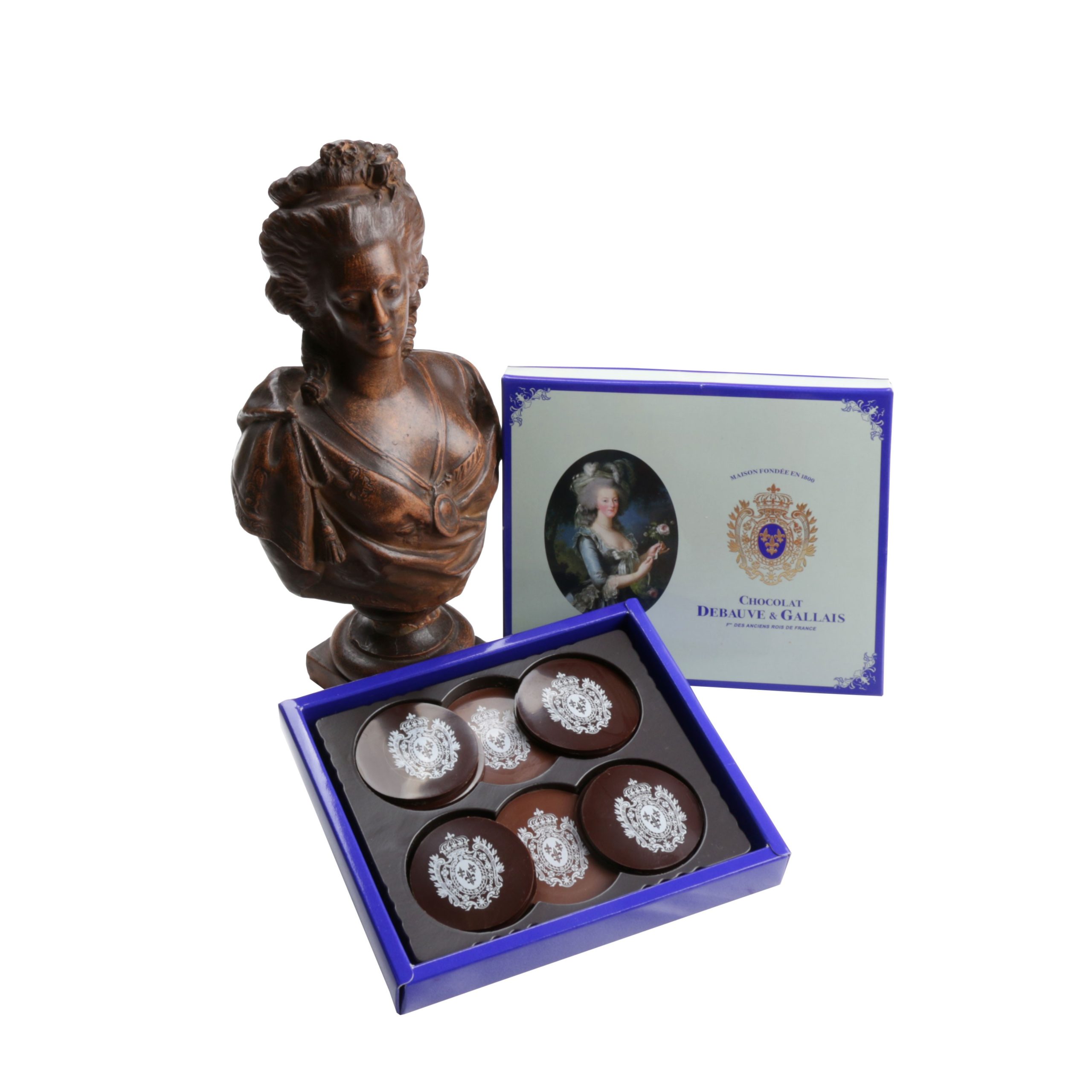https://www.picturesquevoyages.com/wp-content/uploads/2023/03/Galerie-Christian-Dior-Paris-2.jpg
861
960
admin8800
https://www.picturesquevoyages.com/wp-content/uploads/2019/02/picturesquevoyageslogo-300x68-2-300x68.png
admin88002023-03-05 18:07:172023-03-08 18:26:57Nature Into Art: La Galerie Christian Dior
https://www.picturesquevoyages.com/wp-content/uploads/2022/12/IMG_2206.jpg
360
480
admin8800
https://www.picturesquevoyages.com/wp-content/uploads/2019/02/picturesquevoyageslogo-300x68-2-300x68.png
admin88002022-12-02 14:58:182022-12-04 16:09:37A Marie-Antoinette Inspired Holiday Gift Guide
https://www.picturesquevoyages.com/wp-content/uploads/2022/10/Eugénie-visite-Rosa-Bonheur.jpeg
576
758
admin8800
https://www.picturesquevoyages.com/wp-content/uploads/2019/02/picturesquevoyageslogo-300x68-2-300x68.png
admin88002022-10-24 14:04:472022-10-30 18:54:21Surprising Stories: Empress Eugénie & Rosa Bonheur
https://www.picturesquevoyages.com/wp-content/uploads/2022/09/Marie-Antoinettes-Legacy-book-cover.png
392
508
admin8800
https://www.picturesquevoyages.com/wp-content/uploads/2019/02/picturesquevoyageslogo-300x68-2-300x68.png
admin88002022-09-27 14:12:312022-11-27 19:17:13My New Book: Marie-Antoinette’s Legacy
https://www.picturesquevoyages.com/wp-content/uploads/2022/09/barbara-krysztofiak-TYqb66Jlkww-unsplash-scaled.jpg
1707
2560
admin8800
https://www.picturesquevoyages.com/wp-content/uploads/2019/02/picturesquevoyageslogo-300x68-2-300x68.png
admin88002022-09-22 14:54:472022-09-22 14:56:25Wild Mushrooms, an Autumnal Passion in France
https://www.picturesquevoyages.com/wp-content/uploads/2022/09/MA-cropped.jpg
630
630
admin8800
https://www.picturesquevoyages.com/wp-content/uploads/2019/02/picturesquevoyageslogo-300x68-2-300x68.png
admin88002022-09-19 20:00:062022-09-25 17:30:40Surprising Stories: Let them Eat Cake… or Not
https://www.picturesquevoyages.com/wp-content/uploads/2022/06/10001286_666312046743329_986423068_n.jpg
418
640
admin8800
https://www.picturesquevoyages.com/wp-content/uploads/2019/02/picturesquevoyageslogo-300x68-2-300x68.png
admin88002022-06-08 17:04:202022-06-08 17:06:56Best Small Museums with Cafés and Gardens
https://www.picturesquevoyages.com/wp-content/uploads/2022/06/30117777017_63186ab1ac_k.jpg
1365
2048
admin8800
https://www.picturesquevoyages.com/wp-content/uploads/2019/02/picturesquevoyageslogo-300x68-2-300x68.png
admin88002022-06-08 15:21:412022-06-08 15:21:41The Hidden Gardens of Paris
https://www.picturesquevoyages.com/wp-content/uploads/2022/04/vue_aerienne2.jpg
787
1183
admin8800
https://www.picturesquevoyages.com/wp-content/uploads/2019/02/picturesquevoyageslogo-300x68-2-300x68.png
admin88002022-04-17 19:39:482022-04-20 09:57:29Our Favorite Gardens to Visit in Ile-de-France
https://www.picturesquevoyages.com/wp-content/uploads/2021/11/mv-7716_006.jpg
630
1200
admin8800
https://www.picturesquevoyages.com/wp-content/uploads/2019/02/picturesquevoyageslogo-300x68-2-300x68.png
admin88002021-11-30 15:54:542021-12-01 11:05:57Surprising Stories: Hot Chocolate fit for Kings and Queens
Scroll to top
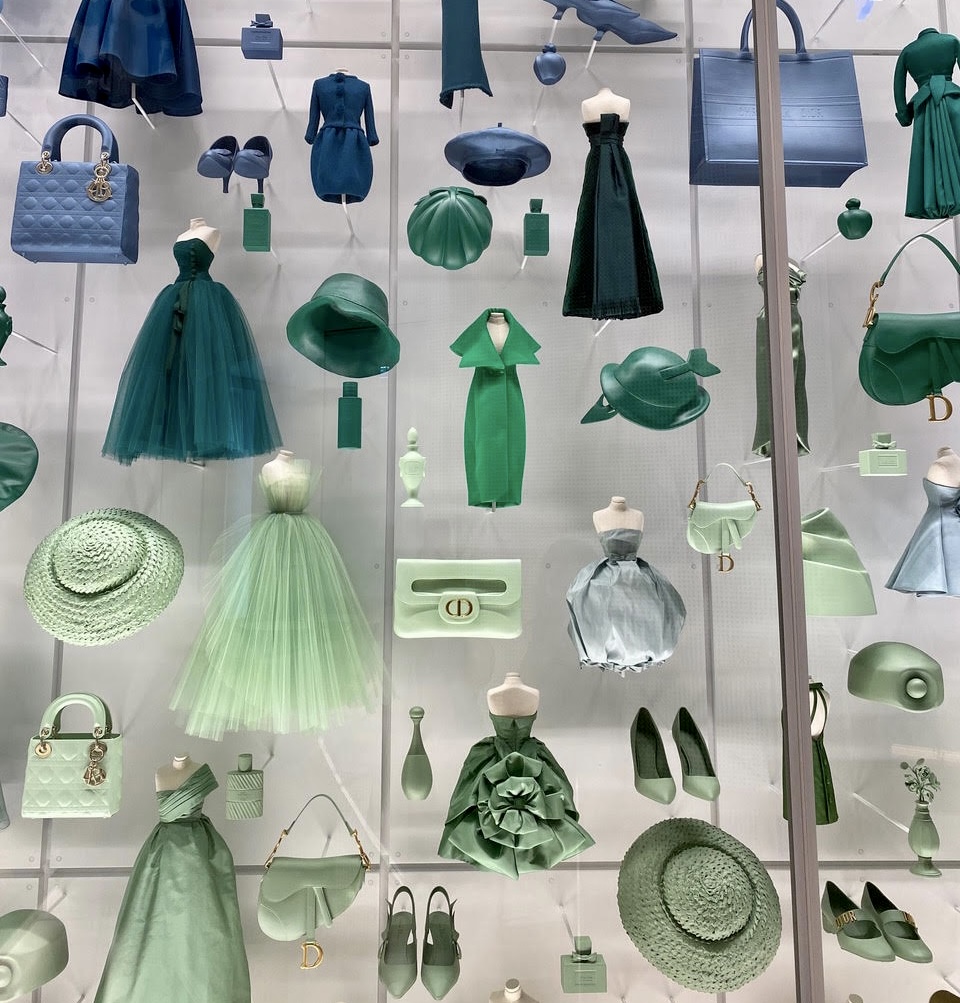

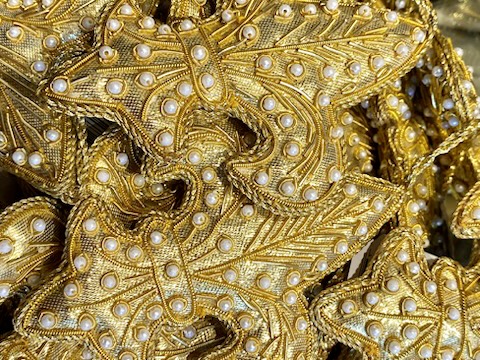
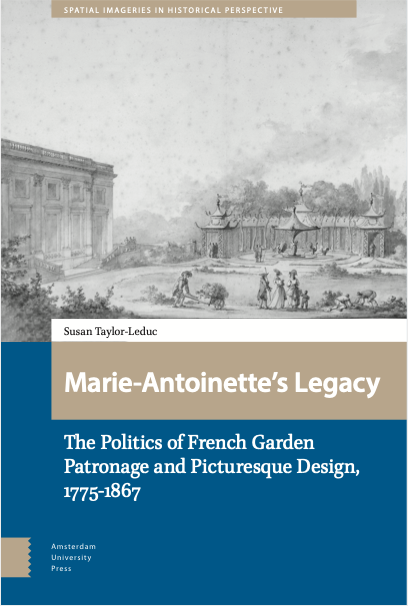

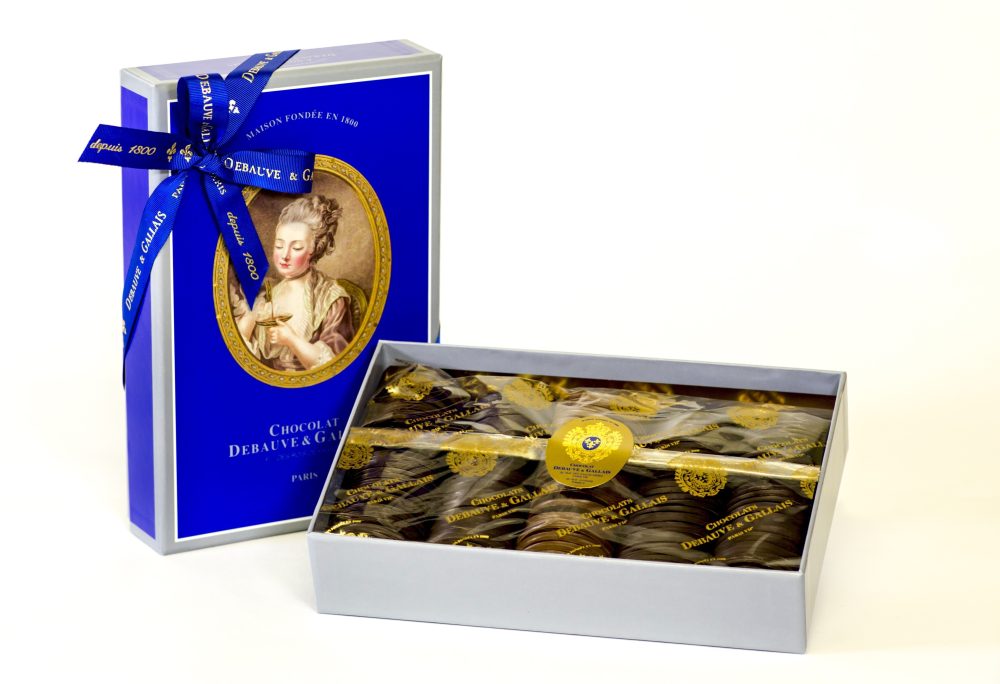
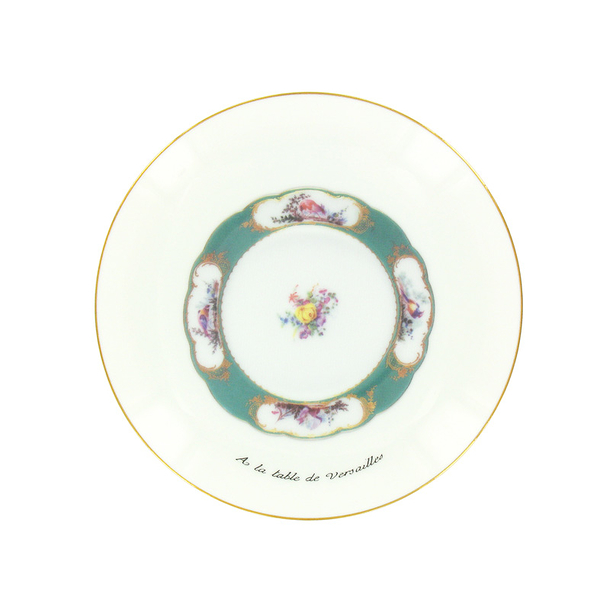
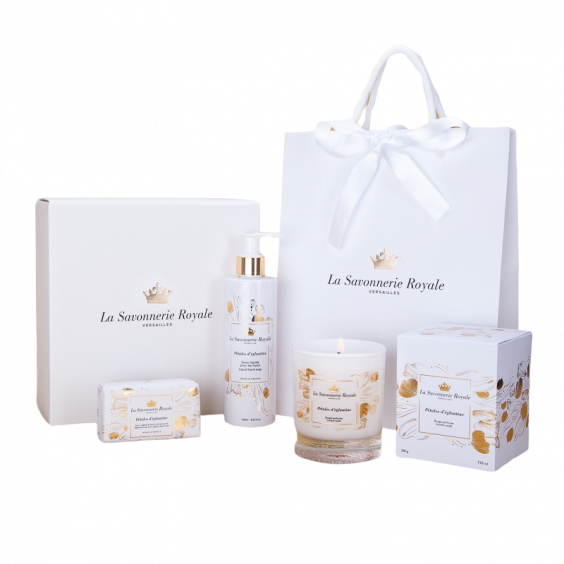
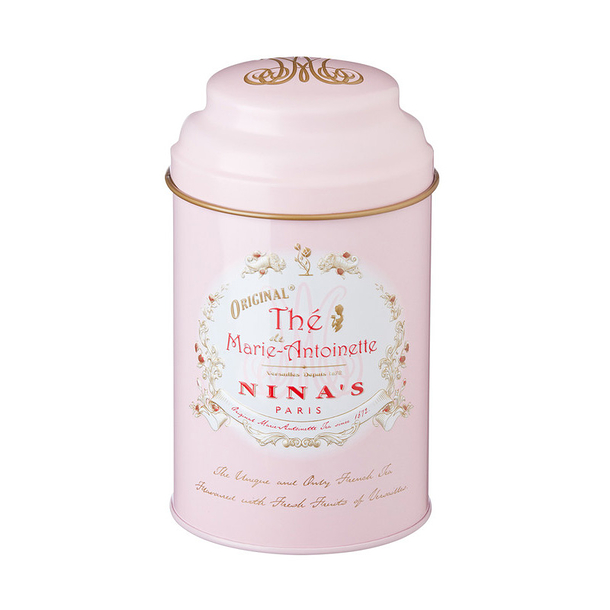
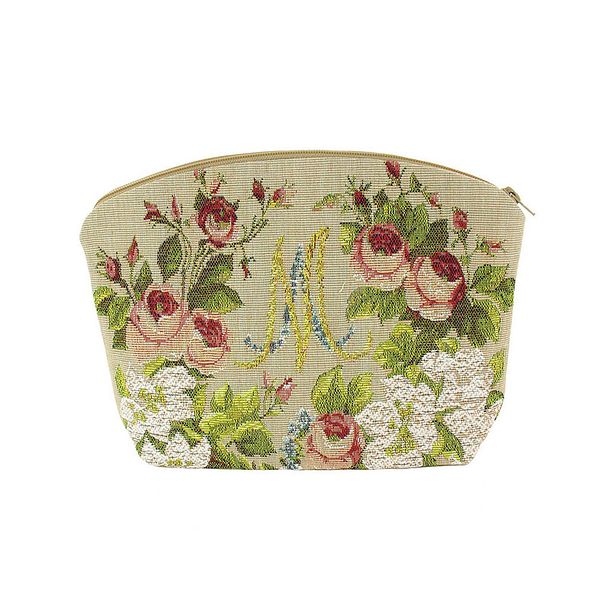
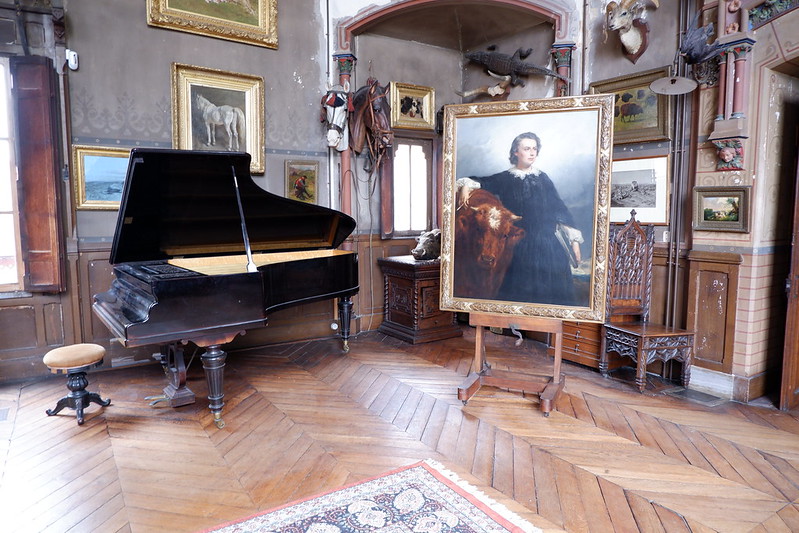
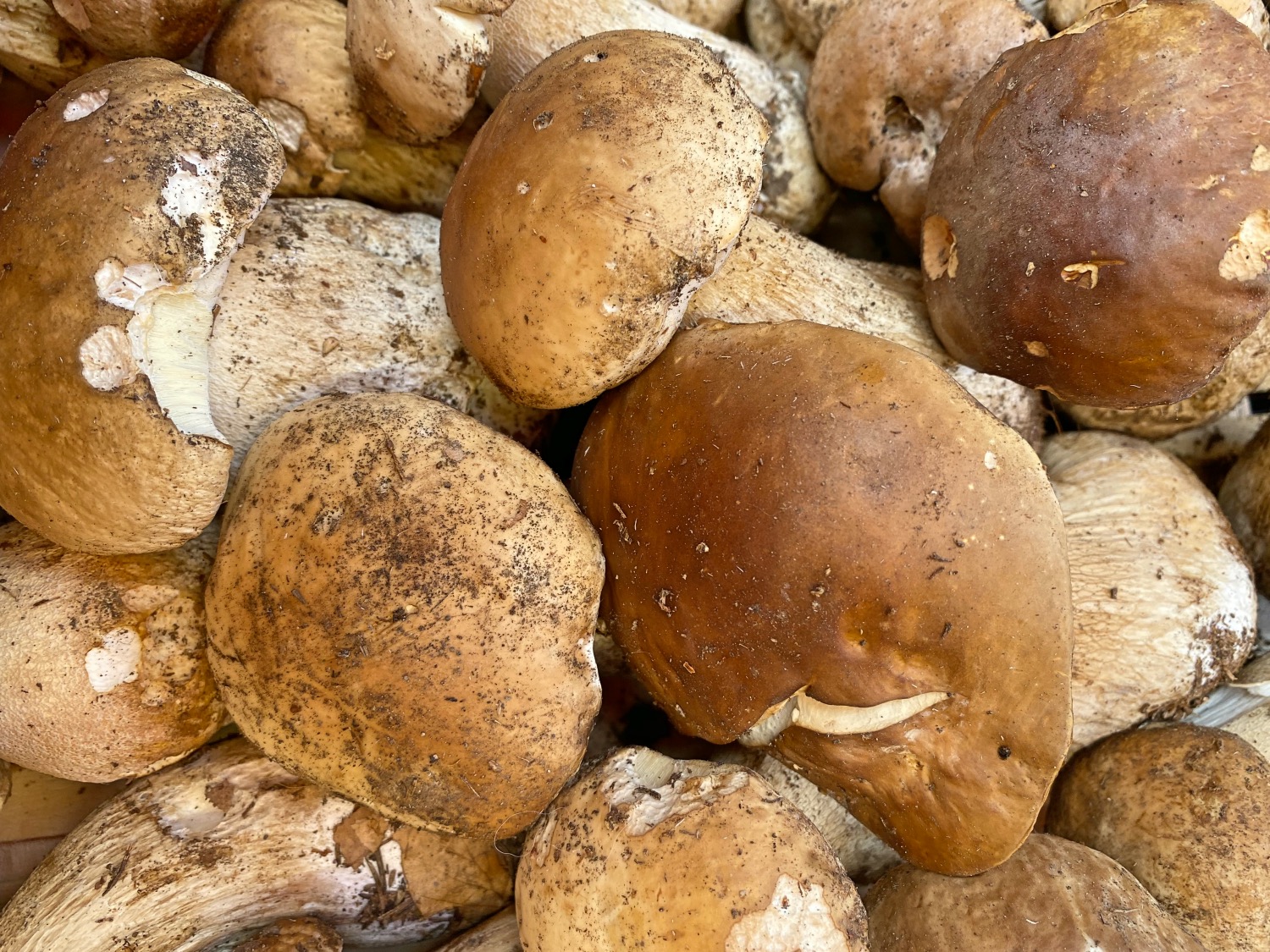
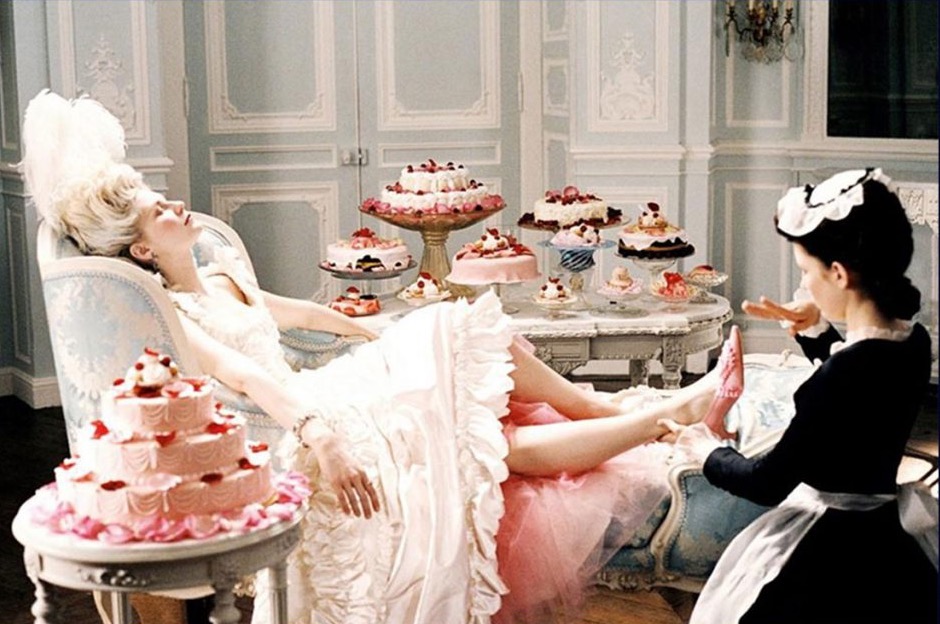 Since Sofia Coppola’s blockbuster movie
Since Sofia Coppola’s blockbuster movie 
